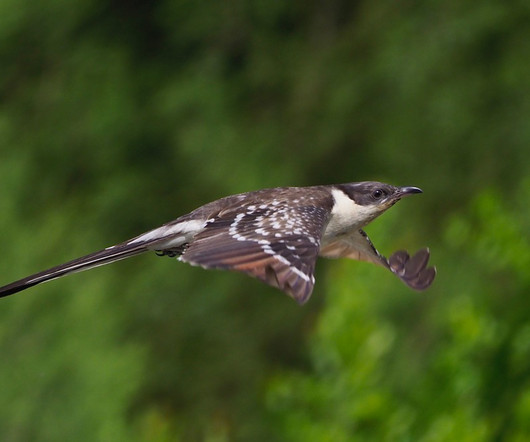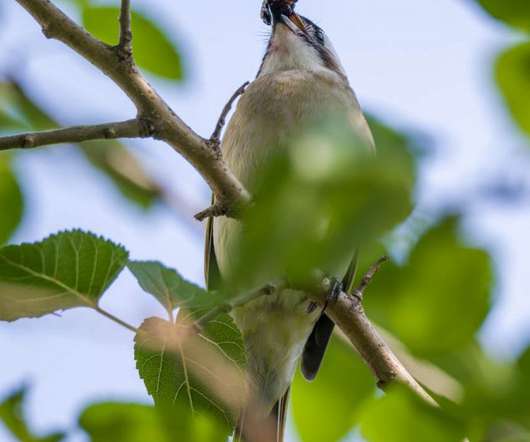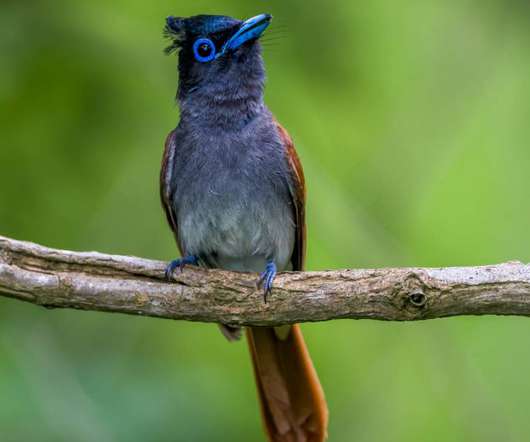Cyprus Delights – Part III
10,000 Birds
MAY 10, 2024
There are 154 species of cuckoos in the world, and they’re all a fascinating bunch. It’s not a species you are likely to overlook, either, as it is extremely noisy, its cackling call carrying great distances. I wonder whether birds that breed in Europe ever meet up with those nest in southern Africa?












Let's personalize your content